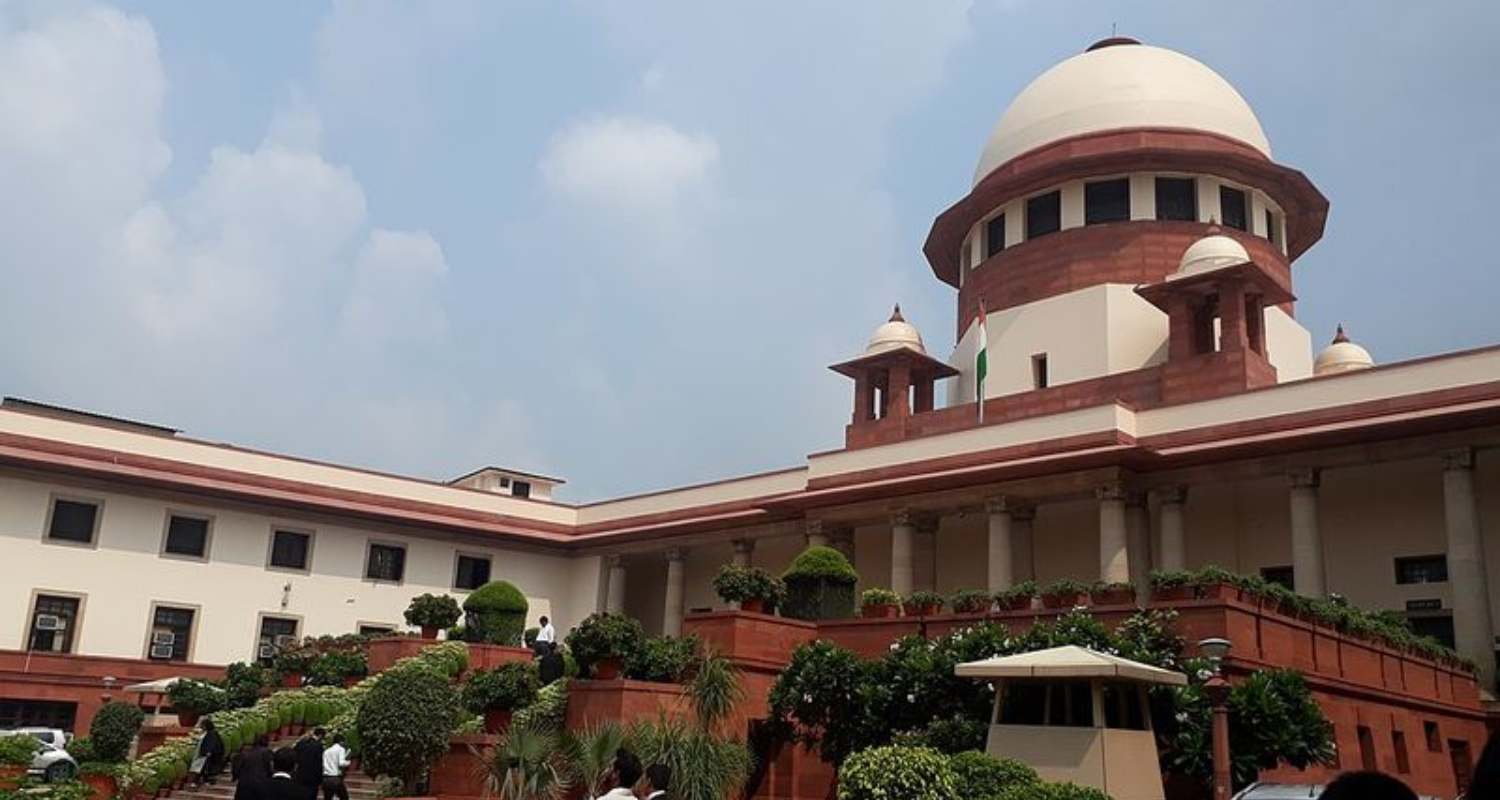Trending:
SC move on judges’ assets signals reform push
SC's move to disclose judges' assets marks a key step toward transparency, sparking calls for deeper judicial reforms and accountability.News Arena Network - New Delhi - UPDATED: April 5, 2025, 06:01 PM - 2 min read

Opacity in the functioning of constitutional institutions poses a serious threat to democracy. As a key pillar, the judiciary must remain transparent, accessible, and accountable to the people. Lack of openness only deepens public mistrust.
In a positive step, the Supreme Court has decided to disclose the assets of all its judges on its website—an important move towards greater transparency. This comes in the wake of a major controversy involving the recovery of unaccounted cash from the residence of Justice Yashwant Varma, then a Delhi High Court judge, which severely embarrassed the judiciary.
At a time when a sitting High Court judge is facing allegations of hoarding unaccounted cash at his official residence, the Chief Justice of India Sanjiv Khanna’s decision sends a right signal that the judiciary is serious about creating institutional mechanisms of accountability.
As per the current practice, the declaration of assets is only a voluntary option for the judges. There is a need to make this mandatory at all levels in the judiciary in the interests of transparency and probity.

Tentative Attempts
In 1997, the SC made the first attempt to encourage the judges to disclose all assets to the Chief Justice, including the ones in the names of their spouses or their dependents. However, this guideline was not followed.
Again, in 2009, the apex court decided to post asset disclosures of judges on its official website. In the same year, the Delhi High Court too agreed to make the assets of judges publicly available. The majority of judges have not voluntarily disclosed their assets in spite of these steps which could have set a benchmark for transparency and honesty.
The Parliamentary Committee on Personnel, Public Grievances, Law and Justice, in its 2023 report, suggested a law that would require judges of the Supreme Court and High Court to file yearly asset returns and create clear guidelines for asset disclosure.
The National Judicial Appointments Commission (NJAC) Bill, which was passed by the Parliament in 2014, was subsequently struck down by the Supreme Court in 2015 as unconstitutional. The Commission, which had near-unanimity in the Parliament, gave the government a decisive say in the appointment of judges. Now, almost a decade later, the discovery of wads of currency at Justice Varma’s house has re-ignited the debate over judicial accountability.
Any controversy that undermines public trust in the judiciary should be probed thoroughly within a specific timeline. As per the current procedures, any inquiry against a sitting judge can only be done under the Judges Enquiry Act which mandates that only the CJI can constitute a probe panel.
Any action to remove the judge concerned can only be initiated if the panel finds him guilty. The report is then forwarded to the CJI who sends the recommendation to the President. The Constitution allows a judge to be removed only by an order of the President based on an impeachment motion passed by both Houses of Parliament.
The experts have suggested that India must undertake sweeping reforms, including mandatory asset declarations, overturning judgments that shield judges from scrutiny, and empowering investigative agencies to act independently in order to restore public trust in the judiciary.
There are also calls for liberalising India’s stringent and often intimidating contempt of court laws that stifle public discourse on judicial corruption.
Ineffective Mechanism
As per the Constitutional provisions, there are two ways to hold judges accountable for corruption. First, an in-house procedure adopted by the Supreme Court. Second, an impeachment process conducted by the Parliament.
However, the experience has shown that both the mechanisms have proven to be ineffective in addressing the issue. The key problem with the in-house procedure is that it is opaque.
The fate of complaints regarding judicial corruption remain unknown. Such lack of accountability leads to steady erosion of public trust in the judiciary. A more transparent and robust mechanism can effectively address the issue of judicial misconduct.
The Constitution allows a judge's removal for proven misconduct, but it requires a two-thirds majority in both Houses of Parliament. In 1993, Justice V Ramaswami faced impeachment but wasn't removed despite serious charges, highlighting the system's failure to ensure judicial accountability.
Reform the Collegium System
There has been a prolonged stand-off between the Government and the judiciary over the issue of appointment of judges.
There is a strong case for demystifying and reforming the present collegium system which gives sweeping powers to a group of senior most judges of the apex court in the appointment of judges.
It has often been criticised for being opaque and arbitrary because its decisions have always been closely-guarded secrets and beyond public scrutiny and purview of the Right to Information Act. Reforms are the need of the hour to restore the collegium’s credibility and relevance.
The Collegium comprises the Chief Justice of India and four senior-most justices who decide the appointment of judges to the high courts and the apex court. The system is widely seen as an oligarchical rather than a fair entity. It needs to change in the interest of transparency in the functioning of the judiciary. A greater transparency in the system is the need of the hour.
Judicial reforms must focus on modernising and digitising the system to tackle delays and inefficiencies. While other sectors have embraced technology, the judiciary lags behind. Swift adoption of digital tools and sensitisation of lower courts is crucial for faster justice delivery.
